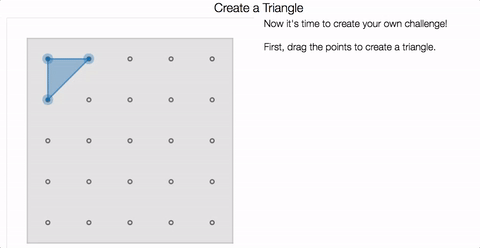Friday Fave for September 28
A while back, high school teacher and Desmos fellow Sara Van Der Werf wrote about the Desmos graphing calculator in general, and the app in particular.
In the last few years I’ve started writing the phrase, “Check your solutions in Desmos.” on the bottom of any assignment that Desmos would benefit students (which is many of them).
I have found that students who do use my suggestion to use Desmos to check their work are more likely to use it on their own to check work or as a tool for exploring & learning.
Sara noticed that a much larger percentage of the students in her Minneapolis classroom had smartphones or tablets than had reliable wifi, and certainly more had these devices than had regular access to graphing calculators. So she began encouraging her students to use the school wifi to download the Desmos app, thereby ensuring they had ready access to graphing calculator technology whether online or off.
Here are some bullet points to build the case for the free Desmos app; available on both Android and iOS:
-
Solving a quadratic equation? Check your answer by graphing the original
function and see where it intersects the x-axis.
-
Simplifying or factoring? Graph both forms to verify that they are
equivalent.
-
Teachers can model and support students in using the app on their phones to
check themselves, reducing dependence on the teacher.
-
Since
Desmos is on the state assessments in 21 states now, the app supports students in building confidence since they learning
using the same tool they will have during their assessment
- Once downloaded, the app does not require wifi or cellular data! The computations all happen inside your device.
The Desmos app: It’s this week’s Friday Fave!


